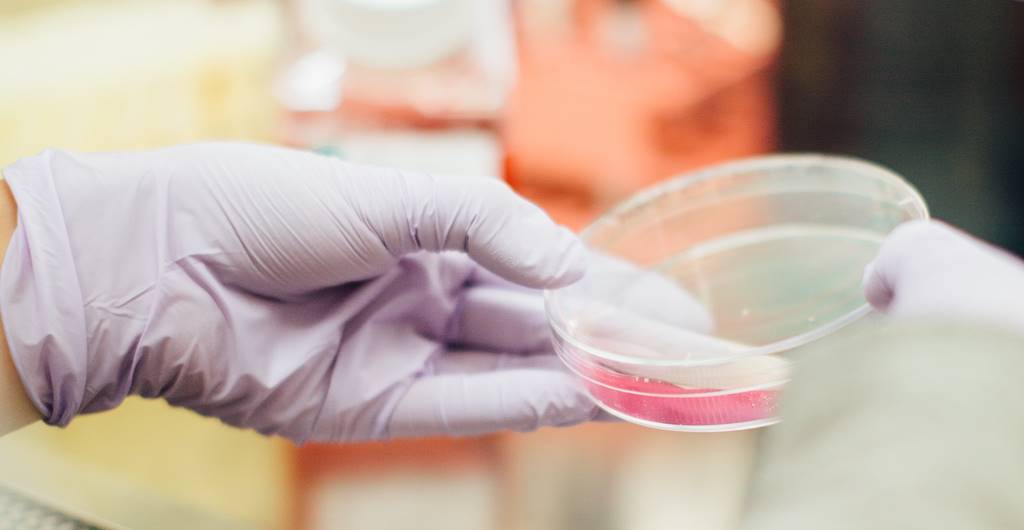Home » Hormone Therapy

In the human body, hormones are proteins or substances that aid in regulating the function of specific kinds of cells. Several hormones affect some body parts, such as estrogen, testosterone, and progesterone. Different organs or glands make different types of hormones.
Several types of cancer require hormones for growth. Because of this, hormone-blocking and hormone-altering treatments may sometimes slow or prevent the development of these cancers. The practice of treating cancer with hormones is called hormonal or endocrine therapy.
Cancer that uses hormones to grow can be slowed or stopped with hormone therapy. The hormones in the body are targeted and located using hormone therapy. Hormone therapy is advantageous because it can be completed in a single visit, and it doesn’t require long-term treatment with medicines. Hormone therapy works in different ways depending on the type. It will work in either way in your body:
Some hormone therapy is used with other cancer treatments; these are effective in:
These molecule-deliver molecules deliver drugs directly into or onto cancer cells to damage them.
These disrupt normal cell functions, so the cancer cells die.
These disrupt cell signals so that they change the actions of the cancer cell.

© Copyright 2023 Dr.AV Cancer Institute. All right reserved